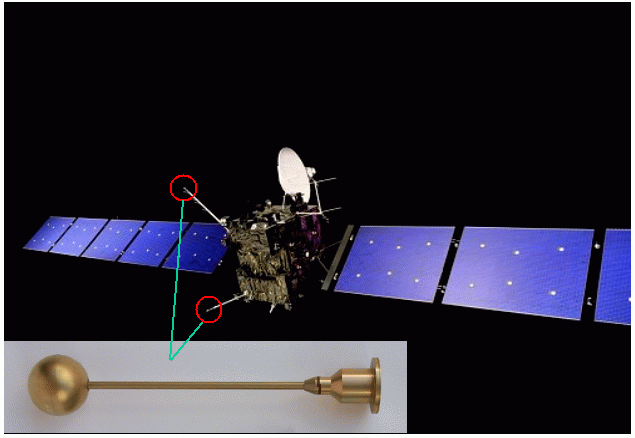
IRF
IRF Uppsala
RPF programme
IRF-U Staff
Seminars
Courses
PhD studies
Examensarbete
Workshops
Cluster
...EFW
...Quicklook
Cassini
Rosetta
Solar Orbiter
Intranet
| INSTITUTET FÖR RYMDFYSIK | UPPSALA |
 |
|
| Swedish Institute of Space Physics | (59°50.272′N, 17°38.786′E) |
Project work /
Examensarbete (30 hp)
Parametric modelling of Rosetta spacecraft potential measurements
Student: Christian Hånberg, Uppsala UniversitySupervisor: Anders Eriksson
Period: Autumn/winter 2009/2010
Background
ESA's Rosetta mission is currently en route to comet Churyomov-Gerasimenko, where it will arrive in 2014. Among the instruments onboard, the Langmuir probe instrument LAP, built and operated by the Swedish Institute of Space Physics (IRF) in Uppsala, can be expected to be particularly sensitive to early activation of the comet, as it can detect small plasma density changes even at the very low densities typical of the solar wind plasma. However, interpreting the data in terms of plasma properties (density and temperature) requires an understanding of the spacecraft-plasma interaction and its impact on the LAP measurements. In particular, as shown in a previous student project, the photoelectron cloud around the spacecraft can have a particularly large impact. Compensating for this is important in order to arrive at reliable measurements of the spacecraft potential, which in turn is a proxy for the plasma density.Project
LAP data obtained in the solar wind (relevant conditions for the early comet phase) shows that the s/c attitude (pointing) influences the LAP measurement. The present project aims to model this influence by use of the SPIS code package for s/c-plasma interaction studies. The project includes:- Gathering background information on Rosetta and the SPIS code
- Setting up and running the recently (090722) released SPIS version 4
- Extending previous simulations of the Rosetta s/c potential measurements
- Setting up a quasi-empirical model for the photoelectron cloud impact
- Possibly simulate Langmuir probe sweeps
- Possibly also apply the model to data gathered during the three Earth swing-bys
- Report writing and seminar presentation
Results
- Project report
- Paper in the Proceedings of the 11th Spacecraft Charging Technology Conference, Albuquerque, New Mexico, September 2010.

Rosetta with the LAP probes at the end of two booms. When the spacecraft turns, the probes move around in the cloud of photoelectrons emitted by the solar panels and the spacecraft itself.